Our Blog
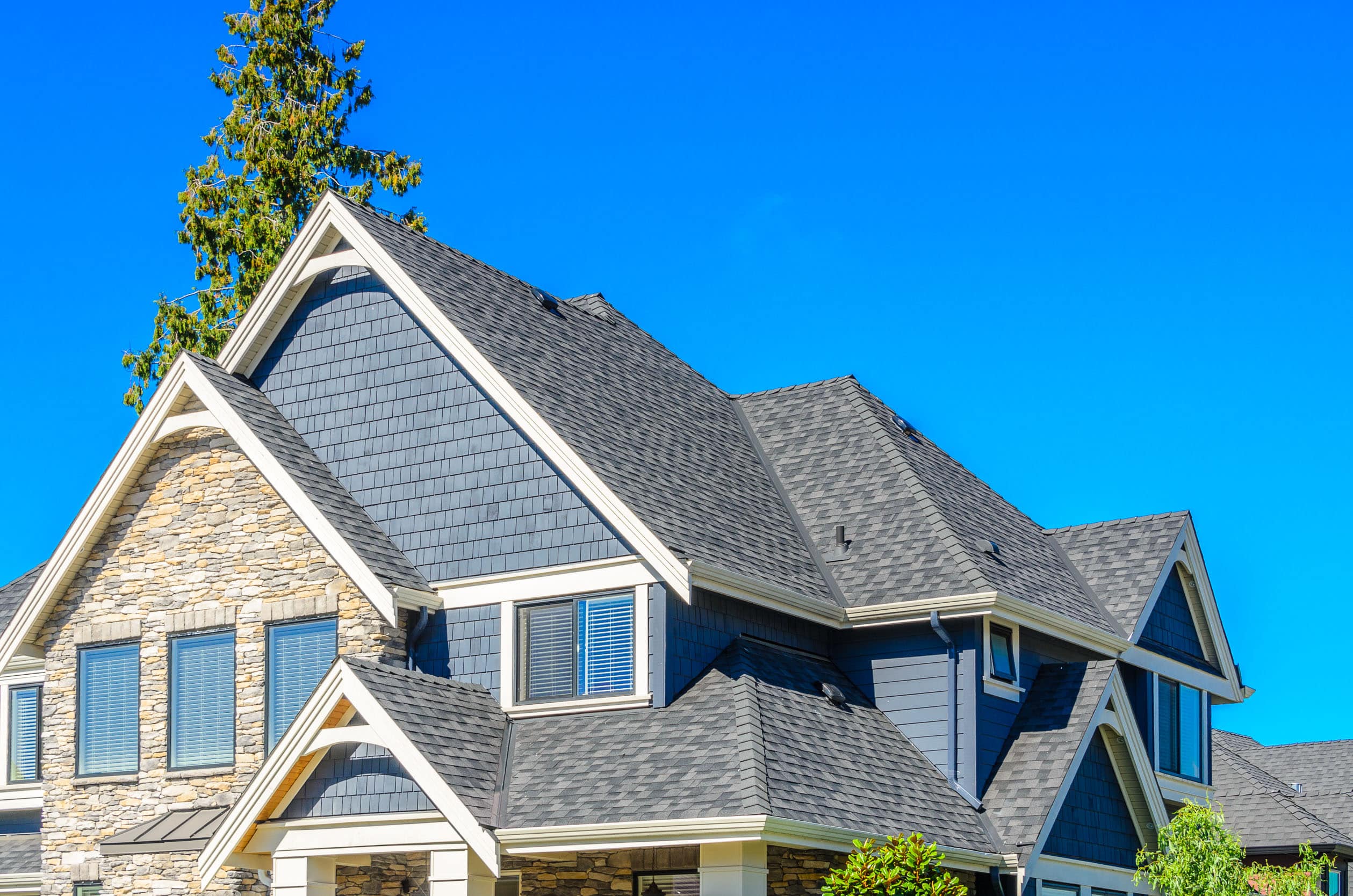
Signs You Need Roofing Services ASAP
Your roof is an essential part of your house. However, there are times when you’re bound to need roofing services. Watch for these signs telling you it’s time to contact a local roofing company. Aging Roof According to the Roofer’s Guild, most roofs will last 25-50 years. You must call a local roofer for regular… Read more »
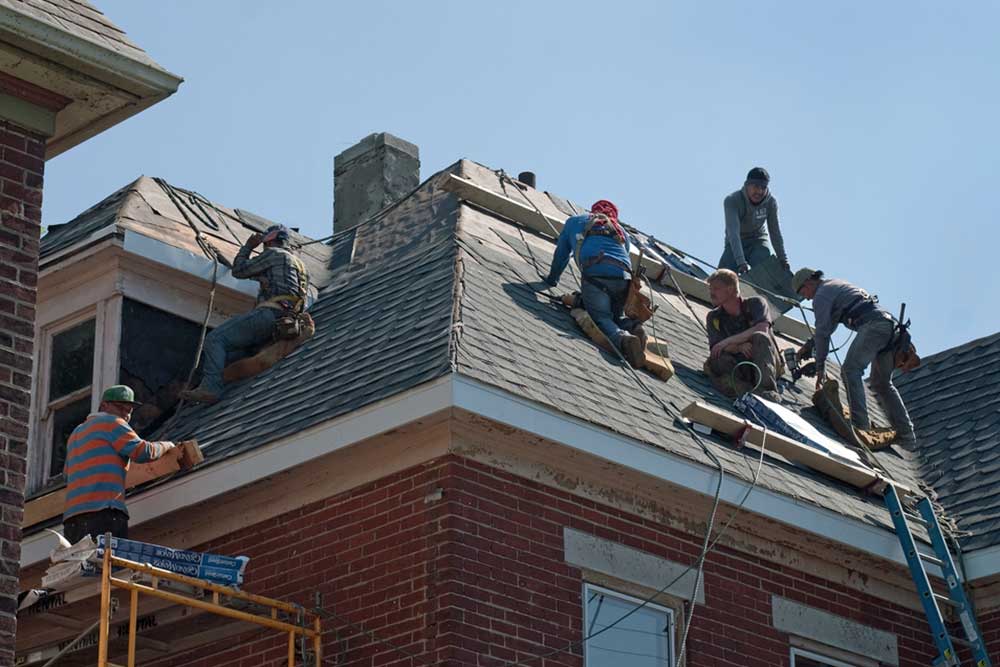
How To Find A Roofing Contractor In Cape Coral, FL
Finding the right roofing contractor for your home or business is not a decision to be taken lightly. A well-installed roof can protect your property for years. However, the wrong choice could lead to headaches, unnecessary costs, and even damage. If you are in Cape Coral, FL, and looking to replace or repair your roof,… Read more »
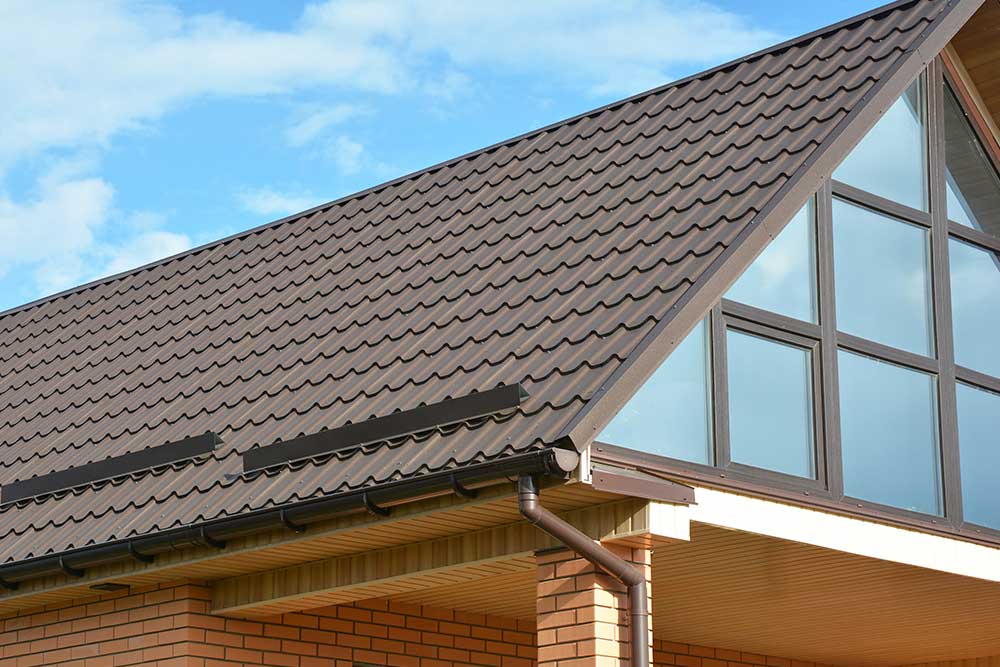
3 Gutter Options For Your Metal Roof
When installing a metal roof, choosing the right gutter system is just as important as selecting the roofing material itself. A gutter for metal roof plays a key role in managing water runoff, protecting the roof structure, and preventing water damage to your property. The right gutter system can extend the lifespan of both… Read more »
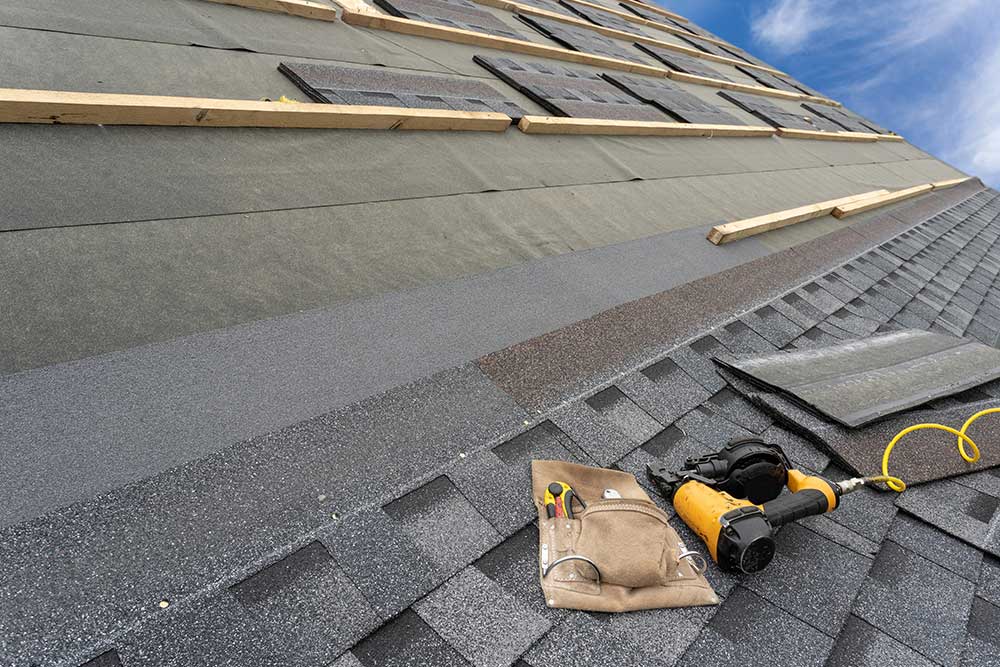
9 Benefits Of Regular Roof Inspections To Extend Its Lifespan
Roof inspections are an often-overlooked aspect of home maintenance. However, they play a significant role in extending the life of your roof. Your roof faces constant exposure to weather, debris, and natural wear and tear, making regular inspections vital for preserving its longevity. With proper inspection and maintenance, you can avoid costly repairs and replacements… Read more »
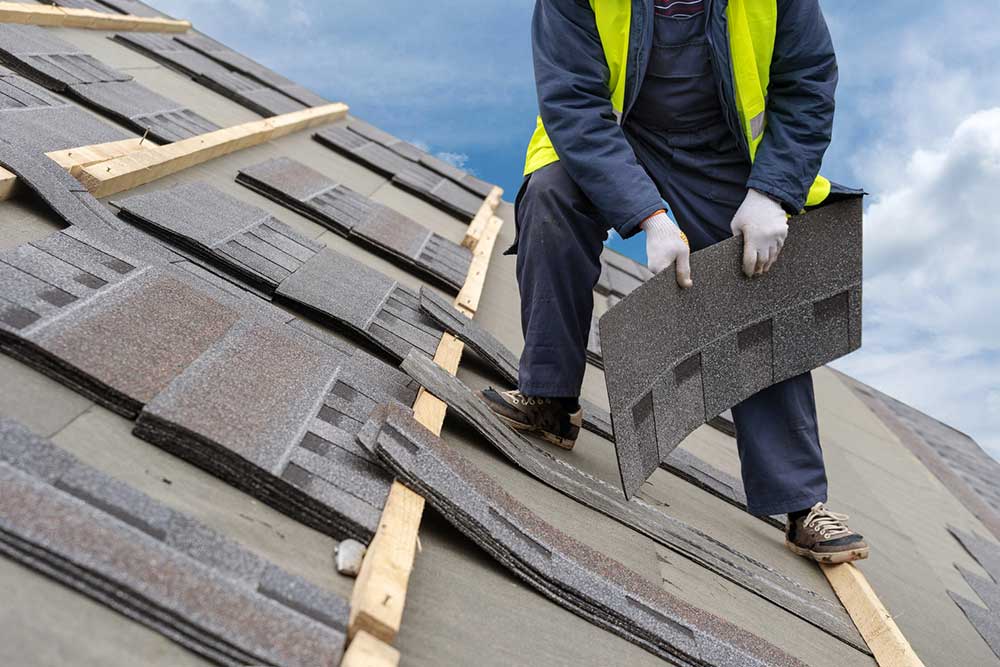
Asphalt Roof Shingles: 3 Different Types To Consider
When it comes to roofing, asphalt shingles are one of the most popular materials used by homeowners across the country. Asphalt roof shingles types vary in cost, durability, appearance, and lifespan. This makes it important for homeowners to choose the right one for their needs. This article will look into the three most common types… Read more »
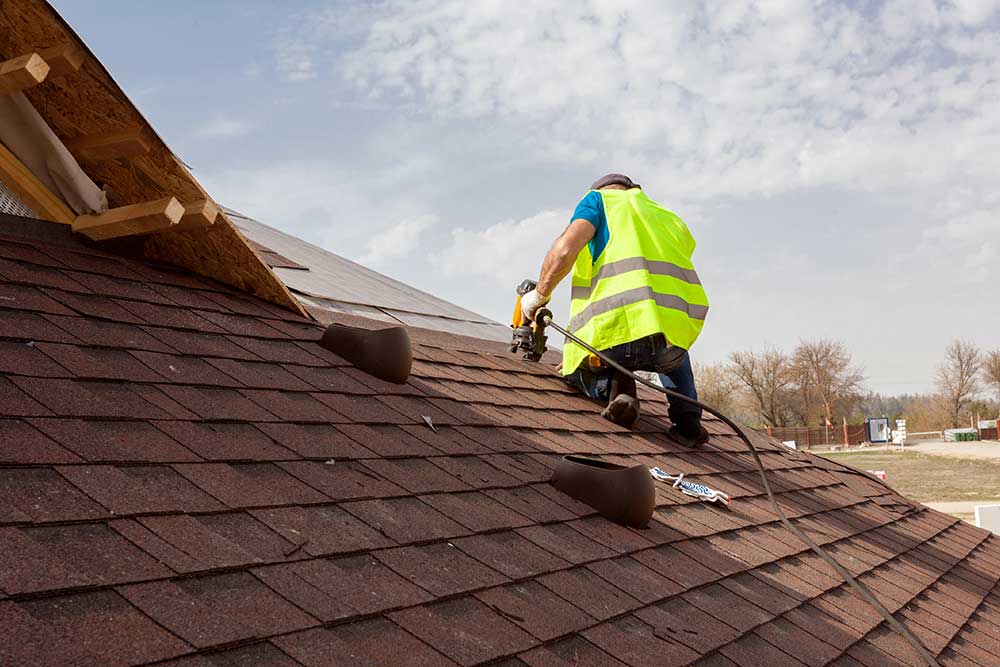
How To Maintain Roof Shingles To Avoid Costly Repairs
The condition of your roof plays a major role in the overall protection of your home. Roof shingles, in particular, can face significant wear and tear from weather, debris, and time. Learning how to maintain your roof properly is the best way to avoid unexpected repairs and the high costs associated with them. Regular maintenance,… Read more »
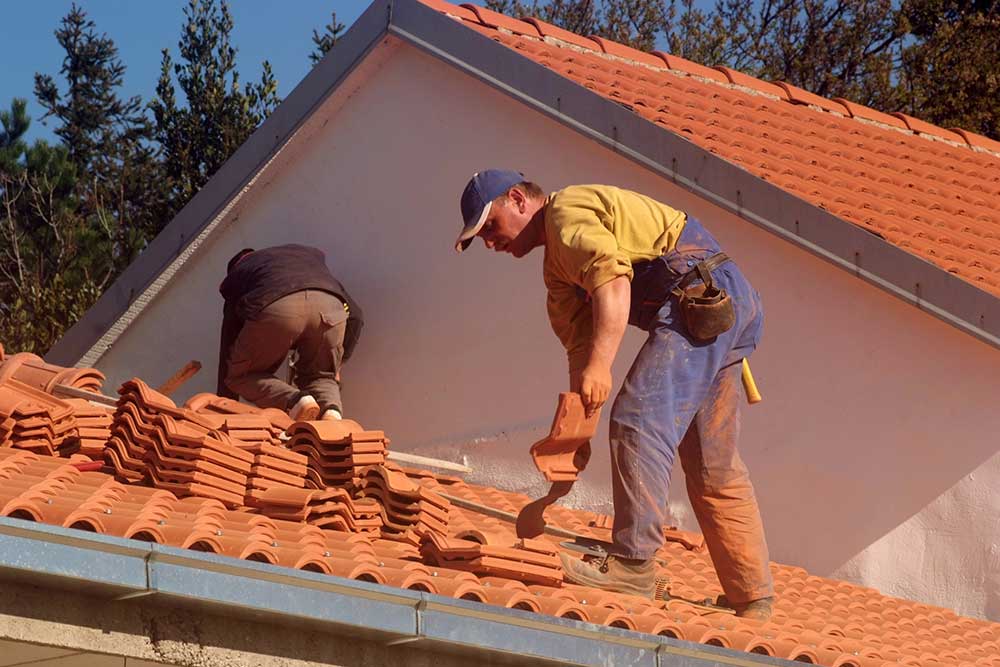
Slate Vs. Tile Roof: Which Is Best For Your Home?
Choosing the right roofing material for your home is an important decision that affects both its appearance and durability. Two popular options are slate and tile roofs, both known for their beauty and long-lasting nature. However, each material comes with distinct advantages and considerations that can make one more suitable for your home than the… Read more »
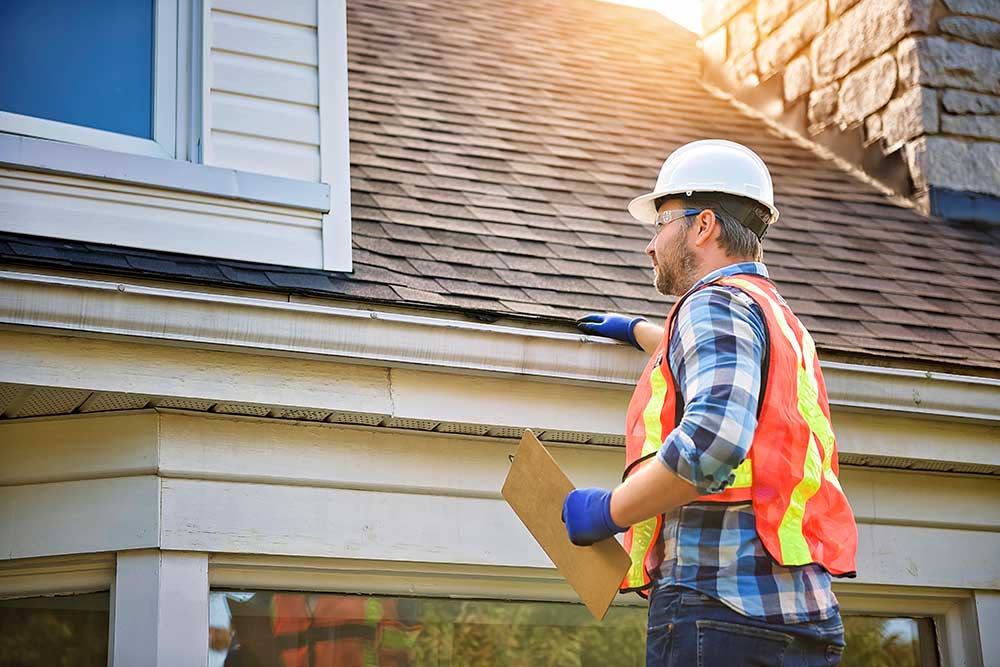
The Ultimate Roof Inspection Checklist For Homeowners
Your roof works tirelessly to protect your home from the elements. Over time, though, even the best roofs can face wear and tear. Regular roofing inspections are a must for maintaining the integrity of your roof and preventing costly repairs down the line. Knowing what to look for during these inspections will help you spot… Read more »
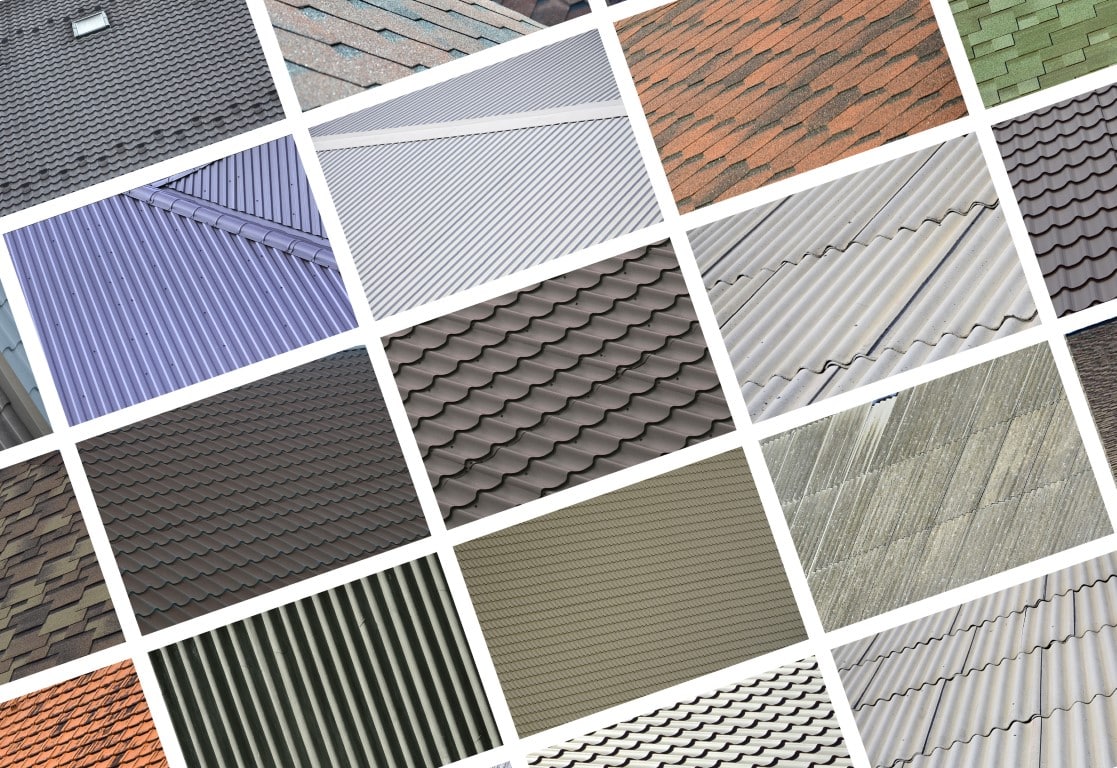
Selecting the Ideal Roofing Material for Florida’s Sun-kissed Cities: An Expert’s Guide
Florida, known as the Sunshine State, is renowned for its stunning beaches, verdant landscapes, and unique weather conditions. This tropical paradise is home to charming cities like Fort Myers, Cape Coral, Sanibel and Captiva Island, Bonita Springs, Naples, and Port Charlotte. These cities, while beautiful, experience intense sun, heavy rainfall, high humidity, and hurricane threats,… Read more »
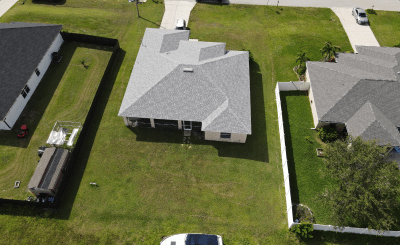
Roof EZ Selected to Complete Roof Replacement at Chub Cay Resort, Bahamas
Florida-based roofing company transports crews and materials to exclusive island for major renovation project.
Cape Coral, FL — Roof EZ, a leading roofing company based in Southwest Florida, has been selected to replace the roofs of 27 buildings at the prestigious Chub Cay Resort in the Bahamas. To tackle this large-scale project, the company flew specialized crews to the island and transported materials and equipment via barge, ensuring all logistics were carefully managed for the remote location.
Jason Polly, founder of Roof EZ, is onsite throughout the project, overseeing every detail to ensure the highest standards of craftsmanship. The project will involve replacing 27 roofs, a crucial component of the resort’s infrastructure and resilience against tropical weather conditions.
“This is an incredible opportunity for us to showcase our capabilities in a unique environment like Chub Cay,” said Polly. “We’re proud to bring our expertise to such a prestigious location and to be trusted with the renovation of these stunning island properties.”
About Chub Cay Resort
Located in the heart of the Bahamas, Chub Cay is often referred to as the “Billfish Capital of the Bahamas” and attracts sport fishing enthusiasts, yachtsmen, and luxury travelers from around the world. The private resort offers world-class marina services, luxurious accommodations, and a pristine setting that blends natural beauty with modern amenities. Part of the Berry Islands, Chub Cay is celebrated for its crystal-clear waters, vibrant marine life, and serene, secluded environment, making it a top destination for discerning travelers seeking a tropical escape.
The roof replacement project is part of a larger effort to enhance the resort’s durability and appeal, ensuring that guests continue to enjoy their stays in a safe and luxurious environment. Roof EZ was selected for its reputation for high standards, commitment to safety, and track record of delivering premium roofing solutions in challenging environments.
https://chubcay.com/
Award-Winning Service
Roof EZ’s selection for the Chub Cay project follows their recent recognition as Best of Florida by the Guide to Florida, a prestigious award that highlights the company’s excellence in service, quality, and customer satisfaction. “We’re honored to have been named Best of Florida,” added Polly. “This award, along with our selection for the Chub Cay project, is a testament to the hard work and dedication of our entire team.”
The project at Chub Cay will not only improve the resort’s infrastructure but also reinforce the island’s charm as a top-tier luxury destination in the Caribbean. Roof EZ’s involvement ensures the highest standards in durability and design, matching the resort’s exquisite surroundings.
For more information about Roof EZ and their projects, visit www.roofez.net or contact the company directly at 239-464-5022.
Media Contact:
Jason Polly
President
Roof EZ
239-464-5022
JP@RoofEZ.net
www.RoofEZ.net
About Roof EZ
Roof EZ is a leading roofing company based in Southwest Florida, specializing in residential and commercial roof installations, repairs, and replacements. Known for its customer-first approach and innovative solutions, Roof EZ has earned a stellar reputation in the region and beyond. The company was recently named “Best of Florida” by Guide to Florida.
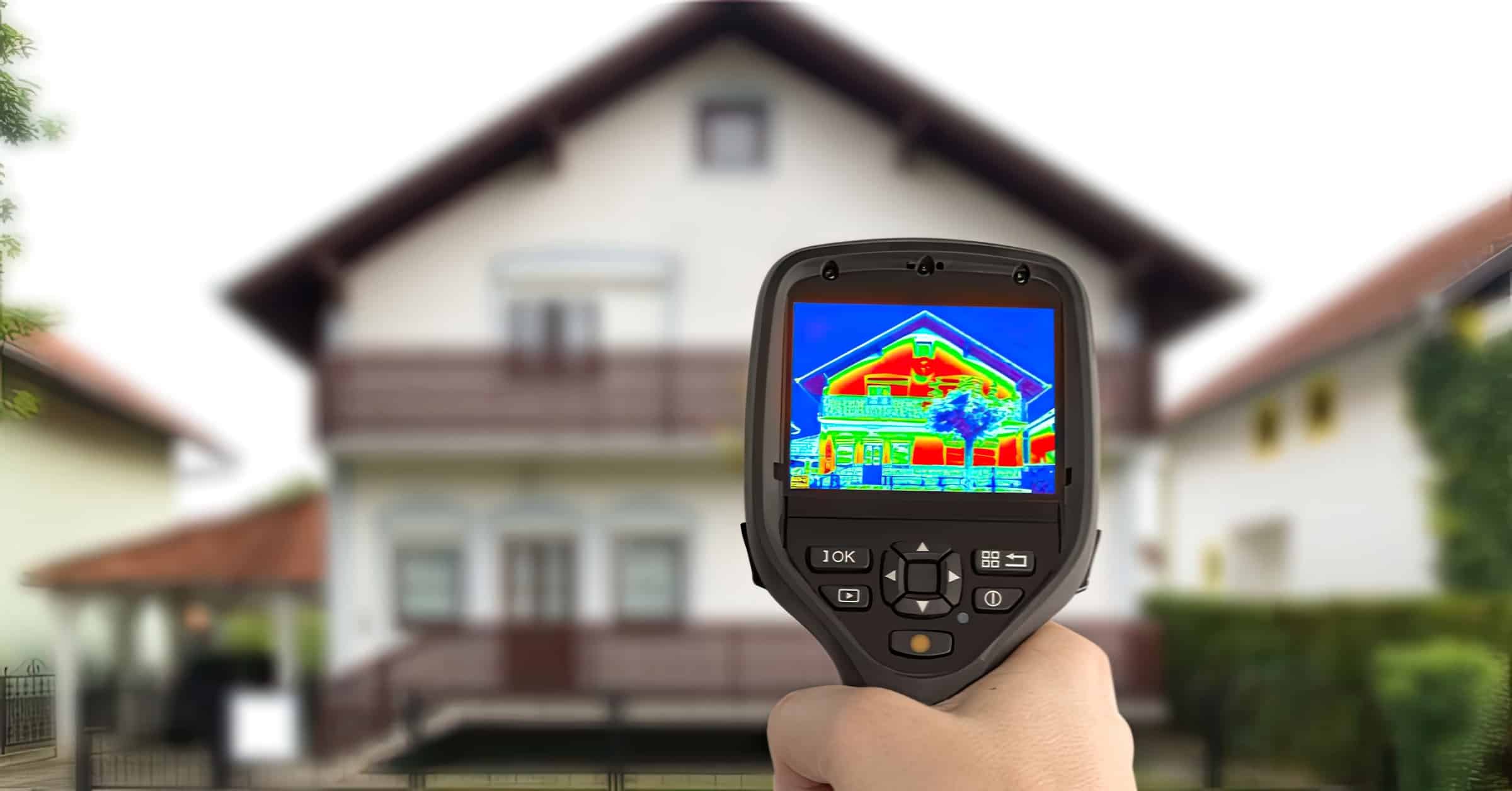
Cape Coral THERMAL INSPECTIONS: SEEING BEYOND THE OBVIOUS
ROOF EZ Thermal Inspections: Seeing Beyond the Obvious Welcome to ROOF EZ’s thermal inspection services! We bring cutting-edge technology to help you understand your property better than ever. Discover the Hidden With Thermal Imaging At ROOFEZ, we’re not just about roofs but about ensuring you have a safe, energy-efficient, and optimized space. With our state-of-the-art… Read more »

